Thanks to George Winn-Darley and his team of conservationists, the wonderful wildlife on Spaunton Moor is accessible to all
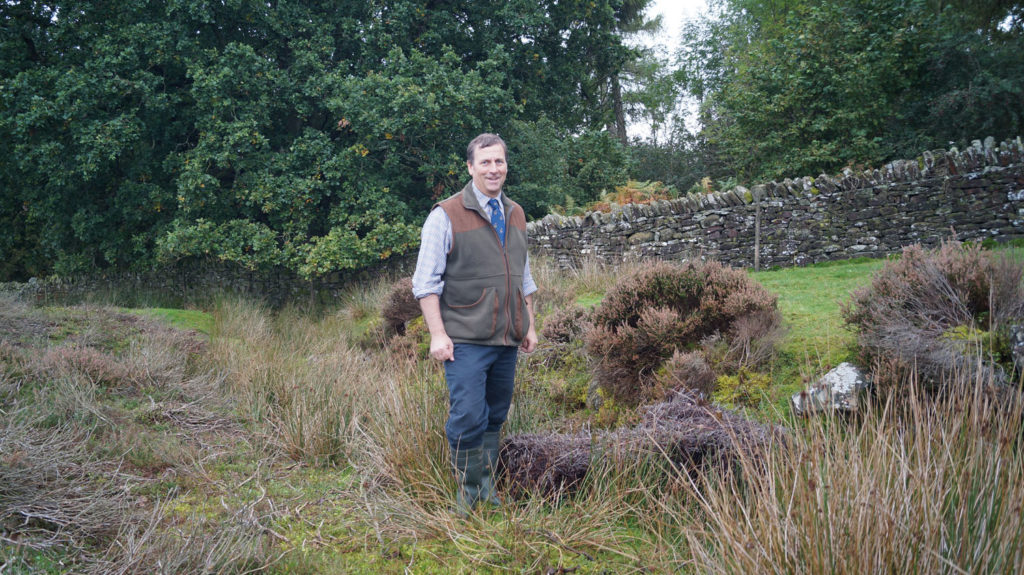
George Winn-Darley owns and manages Spaunton Moor in the North York Moors (NYM) National Park, where grouse management has preserved rare habitat and wildlife for generations. He said: “I passionately believe that the proper implementation of integrated moorland management is the most successful conservation project in the world.”
There is plenty of evidence to support his claim on Spaunton Moor, which is a mecca for local birdwatchers, with red-listed ring ouzels among the many attractions.
Estate facts
- Location: North York Moors
- Type of farming: sheep
- Acreage: 7,000
- Designations: SSS1, SPA, SCA, National Park
- Funding Grants: Higher Level Stewardship
Senior keeper George Thompson said: “The ring ouzels arrive from Africa in April and nest along the old railway line, which runs through the estate. We count them every year, and the chap who does it has found up to 16 breeding pairs in close proximity. Incredibly, he can tell which part of the moors the birds are from by their song. Bransdale ouzels have a different call to those from Rosedale.”
George Winn-Darley is constantly looking for ways to improve habitat and encourage wildlife. He recently undertook a project with the National Park Authority to plant stands of rowan trees so that the ring ouzels can stock up on the rich berries before their migration south. As ground-nesting birds, they are vulnerable to predation, so the predator control carried out by keepers Anthony Orr and James Diamond is key to their survival. So too is the management of the heather and other moorland plants. Since George took on the estate in 1986, an impressive 2,500 acres of bracken have been cleared, and swathes of old rank heather rejuvenated through a programme of managed burning.
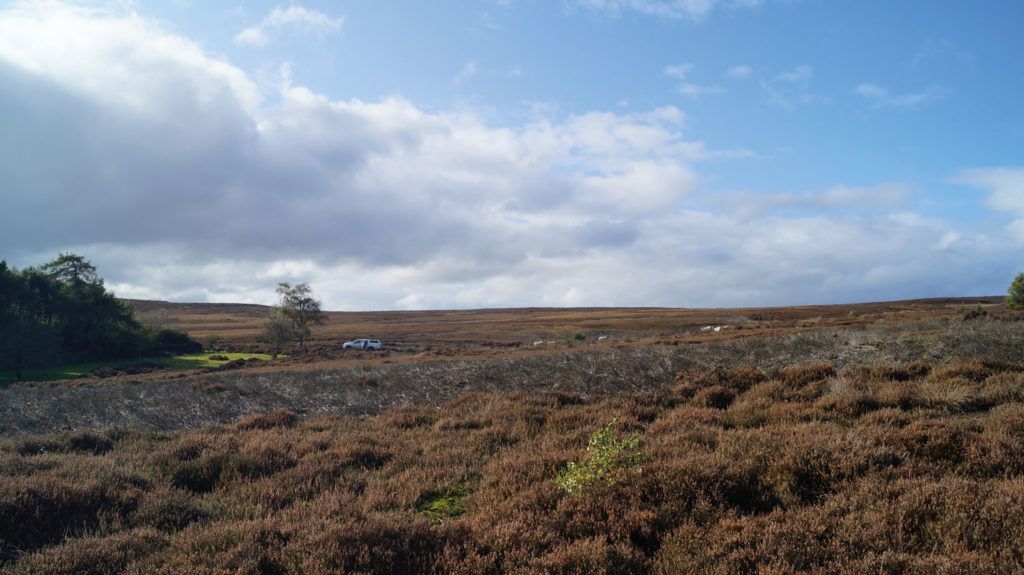
Current heather burning technique is very different to how it was in the 1970s, when it fell to one man to carry out about 50 large fires per year. These days George and his three-man keepering team aim for 500 much smaller burns of 1/2-1 acre over the same sized area within the permitted burning season, which runs from October to April. Although it’s a lot more time-consuming, there are many advantages to burning smaller areas, including much more varied habitat for grouse and a host of other wildlife.
George said: “It’s all about the ‘edge effect’. The most desirable houses are often on the boundary between a town and country and it’s the same for wildlife. By burning small patches you create more edges, providing birds with open areas containing insect life for their chicks, next to longer heather, which offers a safe haven from avian predators.”
Another rare bird to take advantage of the recovered ground is the nightjar. George Thompson said: “We often find them when we are spot spraying bracken. One year we had four pairs within half a mile. They lay late in July on bare, heathery ground to coincide with the moths, which are at their peak at that time of year.”
We’ve noted the majority of British raptor species
George Thompson
The North York Moors are virtually all dry heath with a shallow peat layer, so are unaffected by the recent restriction on burning on deep peat, but George Winn-Darley regards the curtailment as counterproductive and is concerned it will lead to further regulation. Having been on Defra’s Best Practice Burning Group since 2002 and involved in heather moorland management across the north of England, he has extensive knowledge of heather burning on a range of different upland habitat.
He believes controlled burning is vital because it lowers the risk of wildfire by creating firebreaks and reducing the amount of combustible material. As a member of the England and Wales Wildfire Forum, George works with fire brigades across the UK. He said: “Defra now sees the primary reason to carry out prescribed burning in winter months is in order to manage fuel loads and create firebreaks for summer wildfires. That penny has completely dropped and fire brigades are saying to government, ‘If you stop these keepers burning, you need to massively up our budget.’”
A recent report by the National Park Authority claimed birds of prey were diminished in the NYM, but the team at Spaunton believe the opposite is true and have taken the positive step of keeping a daily log of raptor sightings. They hope, over time, it will show that birds of prey have, in fact, increased in range and number. Anthony Orr said: “It doesn’t take a lot of time; we just jot down what we’ve seen and where at the end of the day and tally it up each month. In the first year we noted the majority of British owl and raptor species.”
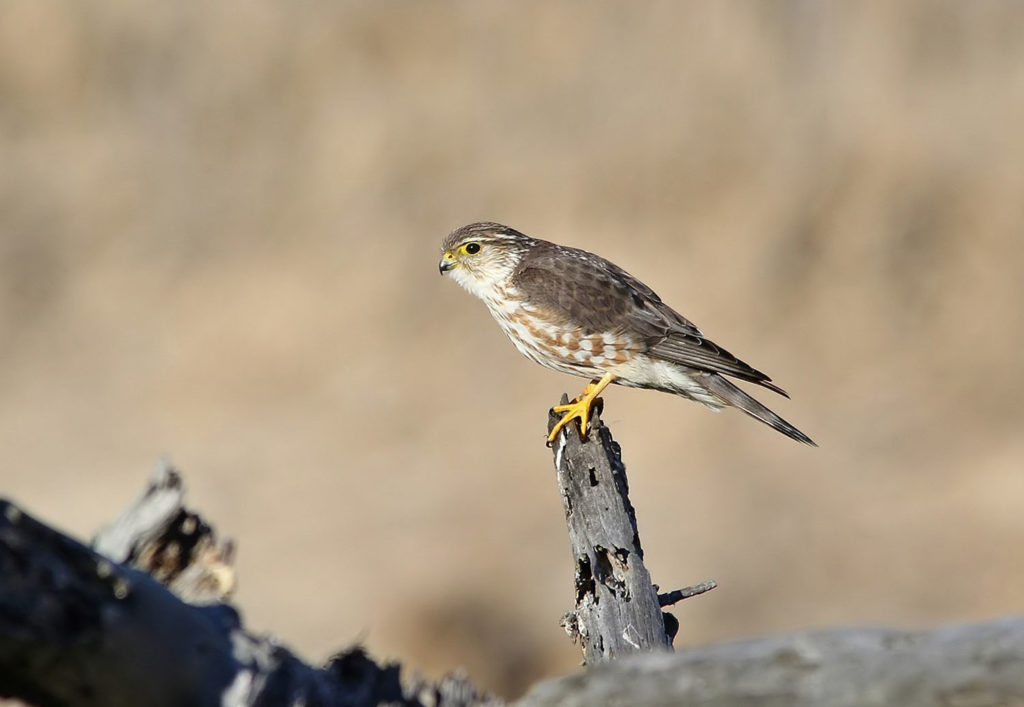
Birds of prey are attracted to Spaunton thanks to habitat management and plentiful food. As well as buzzard, kestrel, peregrine falcon, barn owl and sparrowhawk, ground-nesting merlin breed every year. These small raptors are among the UK’s most endangered and, working with the local merlin study group, the keepering team has established areas of tall heather on south-facing slopes, which are their favoured nesting sites.
Merlin are among the species for which the moor is designated a SSSI and are a particular passion of George Thompson’s. He said: “We are really proud of our merlins, which I’m now licensed to monitor.” This year, he contacted the other estates to find out what numbers were like elsewhere. “Because keepers were covering the whole of the NYM the figures were double what the merlin groups had managed to find. That’s good news for the birds and we will work with the BTO and the merlin group to ensure that such records make it into official reports.”
Biodiversity is also being boosted by a water management demonstration project in partnership with the Environment Agency. George Winn-Darley, who sits on the Yorkshire Derwent Catchment Board, is keen to trial ingenious ways of retaining water on the moor and preventing flooding and sedimentation downstream. He has planted a large band of trees along the river on the moorland fringe to stop flooding further downstream and fenced them off to create a new scrub habitat protected from sheep grazing. He said: “Before we fenced, the sheep were crossing the river and running into the Forestry Commission woodland because their fence was broken, and our grazier was unhappy because he was losing sheep. By fencing off we turned a load of crosses into ticks.”
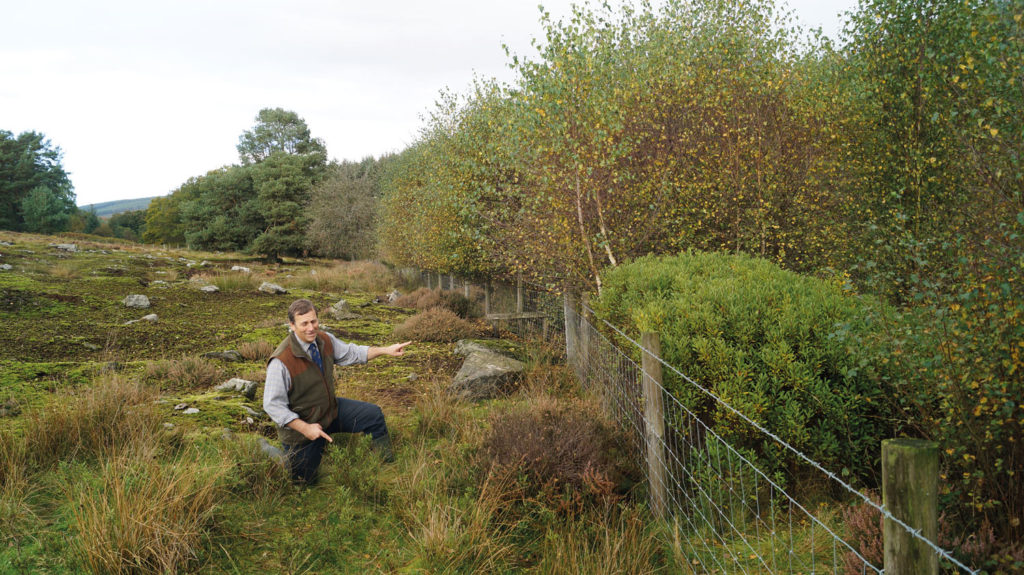
Other measures installed as part of the ‘Slow the Flow’ project include ‘leaky dams’ made from logs and bails of heather placed in streams and ditches on the moor slopes. These allow water to pass underneath them, but silt gradually builds up behind, forming pools and preventing erosion and its damaging impact on the river system. In times of high rainfall, the dams spread the water onto the surrounding ground, slowing its path to the river. On the top of the moor a series of ponds and soak away ditches help capture rainfall.
George explained: “Grouse moors are often blamed for draining the uplands, but almost none of the North York Moors were drained and they have always supported a thriving population of grouse. It is so dry on this moor; we want to retain as much moisture as possible.”
Conservation in numbers
- 2,500 acres of bracken cleared
- 500 average number of prescribed burns
- 9 hectares riparian native tree planting
- 75% of species of UK raptor and owl sighted
This kind of practical, adaptive conservation is also carried out on the moorland fringe. Spaunton holds the only population of threatened pearl-bordered fritillaries in the whole of the east of the UK and, working with Butterfly Conservation’s Dave Wainwright, George and his team have been growing the colony on Appleton Common and expanding its range. This has been done partly by encouraging dog violets, whose leaves form the diet of the caterpillar. The dog violet prefers partial shade, so glades have been cleared and trees cut back. Cutting circular patches in the bracken on south- facing slopes provides leaf litter, which protects the violets during the winter and forms a sheltered sun trap for the butterflies to congregate and lay their eggs in spring. By clearing large 30m-wide rides, the keepering team has connected the colonies. Annual counts are done by amateur naturalist and world expert on bracken Dr Roderick Robinson, and show a healthy increase in recent years.
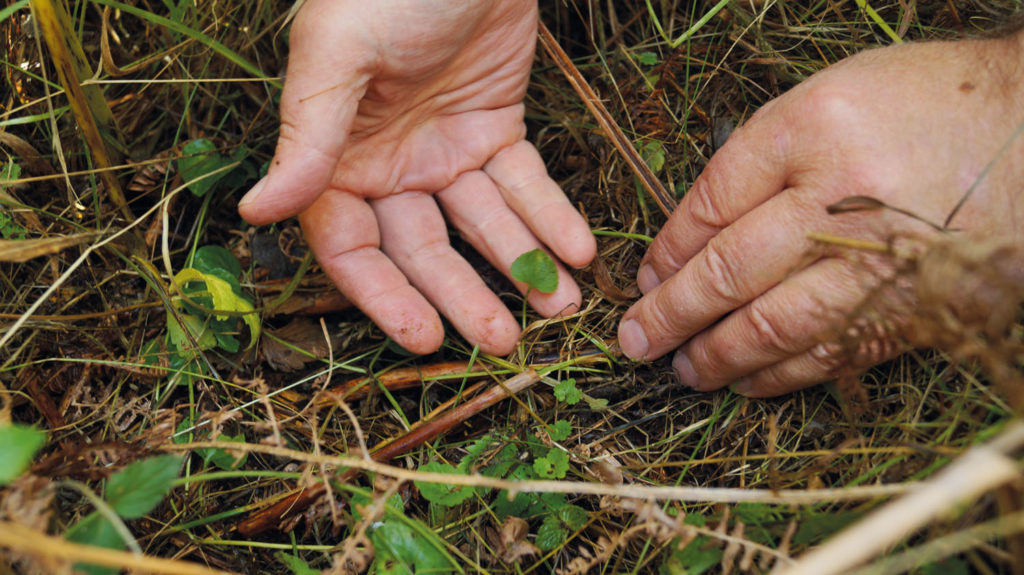
So that members of the public can enjoy the butterflies, George has created permissive paths through the common and on the moor he has installed tracks and parking spaces for walkers and cyclists. He said: “Most people prefer linear routes and tend to follow what we term ‘desire lines’ between destinations such as pubs, heritage sites or car parks. If you can work out where these might be you can keep wildlife disturbance to a minimum and perform a service by providing a pathway.”
This is particularly important to ensure safety on the 10 or so days each year when a grouse shoot takes place. He said: “We have sunk all the shooting butts in so you can’t see them from the tracks and are gradually moving them further away.”
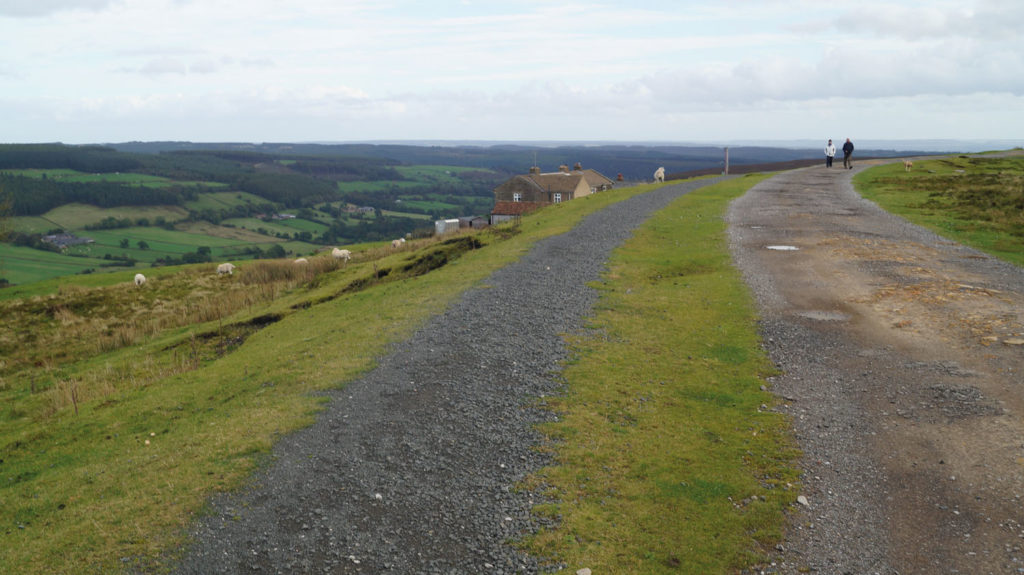
George recognises the importance of getting people out onto the moor and has already created a pathway for wheelchair users and is widening existing tracks so mobility scooters have more space to pass. However, looking ahead he is concerned that attempts to license grouse moors risk doing away with a management system that delivers multiple public benefits such as these, many of which are carried out at no cost to the taxpayer.
“It doesn’t make sense. It isn’t the grouse moor management you want to stop; it’s the poor practice sometimes associated with it.” He believes government and wildlife groups would do better to work with land managers to raise standards and together achieve the kind of success stories that abound on Spaunton Moor.
